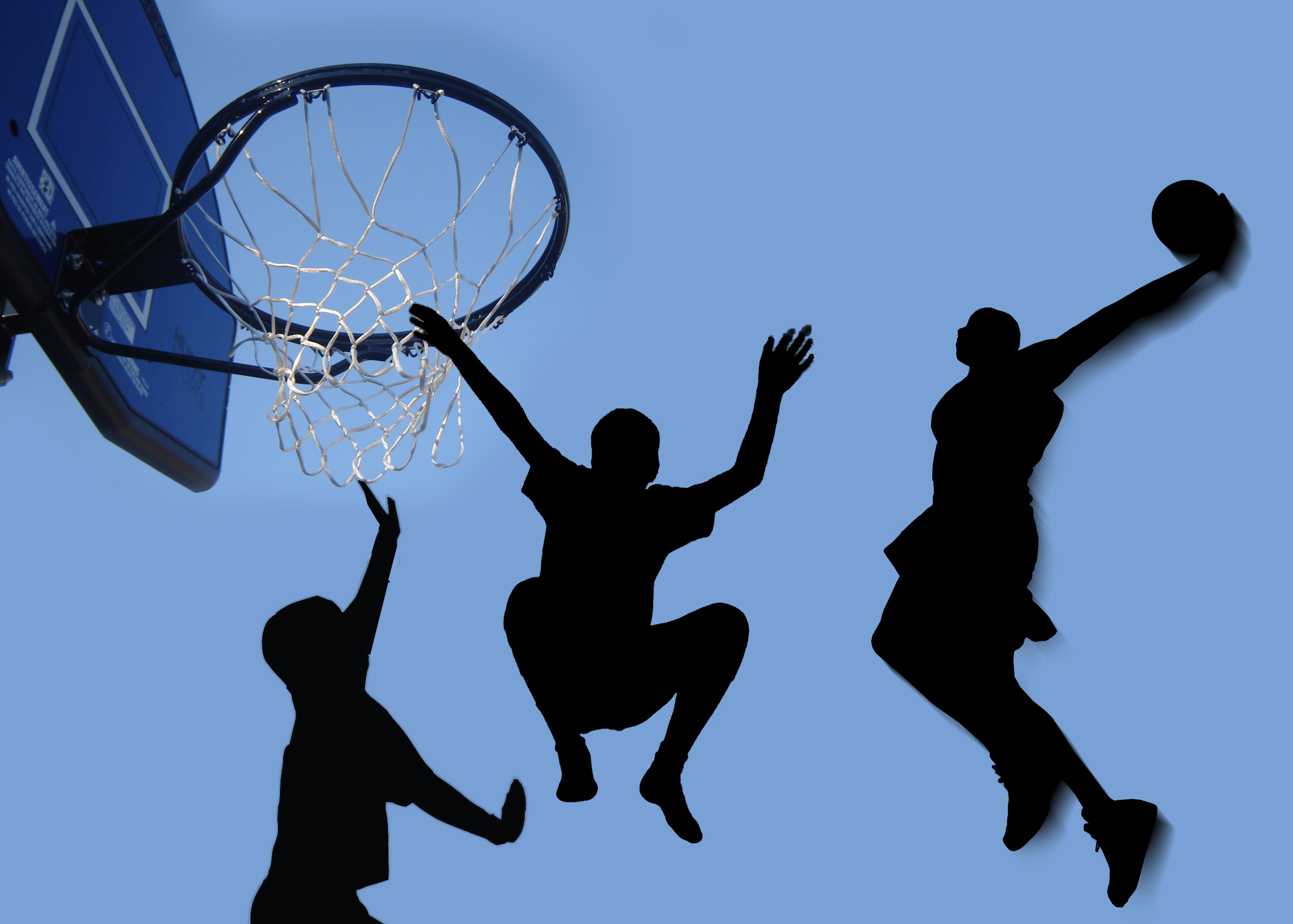
As a little boy, it was my dream as well as the dream of every other boy who grew up playing basketball to dunk a basketball. I tried it all throughout my years—Reebok pumps, jump soles, calf raises, and prayer. I’m not saying that God hasn’t come through for me (he has in many ways), but in this particular case, my prayers didn’t work. Although I turned out to be a decent high school basketball player, I was never able to dunk a basketball.
I came to realize that I didn’t have the right combination of height (or lack of) and genetics, which I came to terms with fairly quickly. Now that I’ve been a strength coach for five years, I’ve been able to really analyze and examine proper training protocols for basketball players. Lots of literature suggests that in order to improve explosive power (i.e. vertical jump), one must incorporate plyometrics. I definitely won’t argue that plyometrics doesn’t improve explosive power. Many of my athletes have seen great improvements in their explosive power numbers partly due to the implementation of a plyometric program in their workout regimen. However, strength coaches need to assess a few things in regards to basketball players and the implementation of plyometric training.
Definition of plyometrics
Many strength coaches don’t understand the true definition of a plyometric exercise. Plyometric or “shock” exercises are those that describe any type of explosive movement being done for a series of repetitions at high speeds and high levels of intensity.If an athlete isn’t performing this matching definition during an exercise, it can’t truly be considered plyometric. Instead, coaches who implement exercises done at sub-max speed with long ground contact time (GCT) are actually doing plyometric (plyo) preparation exercises. Plyo prep exercises involve less central nervous system stimulation and take longer to execute compared to a true plyometric exercise. They can be used to activate the foot and ankle complex as well. Although not truly explosive in nature, plyometric preparation exercises should be implemented in any athlete’s training program and need to serve as a precursor to any true plyometric training. Examples of plyometric preparation exercises include skipping, jumping, and hopping with sticking the landing.
When to implement plyometrics
Because of the nature and the high central nervous system demand of true plyometric exercises, strength coaches should use caution when implementing plyometrics into their programs. Dr. Michael Yessis states that an athlete is only ready to engage in plyometrics if he or she displays adequate strength base and good technique of both jumping and landing (1). One isn’t fully prepared and equipped to engage in true plyometrics if he has a deficiency in either strength or technique. Therefore, basketball players need to engage in strength training to receive the full benefit of their plyometric and plyometric preparation training. Remember, plyometrics can be viewed as speed accompanied with strength. An imbalance of the two can lead to a decrease in explosiveness. This also reinforces why basketball players need to engage in plyo prep exercises beforehand. If an athlete isn’t able to properly land and control his own force, he won’t have the neuromuscular capability to handle plyometrics. Even after players have reached the point where they can participate in true plyometrics, plyo prep exercises should always be a part of their plyometric program.
The amount of plyometrics
When I first entered the strength and conditioning field and started working with basketball players, my initial thought was “Great. Basketball players need to be able to jump high so I’m going to implement a program that involves numerous “plyometric” exercises.” As I became more experienced, I took a step back and really examined the nature, biomechanics, and injuries of the sport. Acute injuries at the knee, such as ACL tears, occur because of lack of ankle mobility due to a lack of strength training and flexibility, improper footwear, restrictive athletic tape, and poor landing mechanics. Chronics knee injuries and ankle injuries such as patella tendonitis and ankle sprains occur for the same reasons listed above. However, the incidences of these injuries occur partly because of the nature of the sport. The tendons of the knee and ankle endure so much force during a given practice or game due to the high volume of jumping and cutting. With repeated jumping being a contributing cause of common injuries seen in the basketball player, the last thing you want a basketball player to do more of is jumping. Therefore, strength coaches should be advised to keep the amount of plyometrics to a minimum so the ligaments and tendons recover from interacting with the ground reaction forces. Moreover, players should have at least 48 hours of recovery between plyometric sessions. Along with keeping the amount of plyometrics to a minimum, players should fully recover (one minute or more) between sets of plyometric exercises due to the high demand on the central nervous system.
Type of plyometrics
Basketball is elastic in nature so in essence a strength coach should implement a plyometric program that focuses on improving the elastic component of the athlete. This means choosing plyo exercises that involve a shorter GCT (amortization phase), less knee and hip flexion, and less voluntary force. Not only will these types of plyometrics display a high transferability to improve jump performance, but the short ground contact time will provide less stress to the ligaments and tendons of the ankle, knee, and hip. Depth jumps and multiple jumps are examples of exercises that involve short GCT.
To recap, when designing any plyometric program for any basketball player, no matter the age or level, strength coaches should be knowledgeable about:
- Definition of plyometrics
- Implementation of plyometrics
- Amount of plyometrics
- Type of plyometrics
Having a thorough understanding of all four components and understanding the biomechanics of the game will help aid coaches in creating a plyometric program that will maximize results with minimum risk of injury.
- Yessis Michael (2009) Explosive Plyometrics. Michigan: Ultimate Athlete Concepts.









